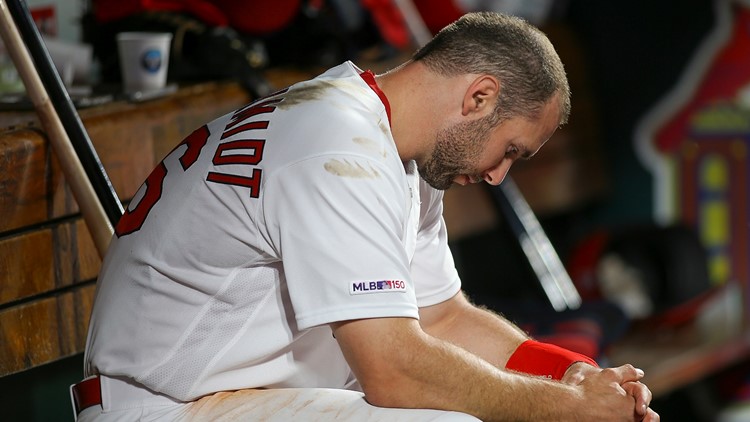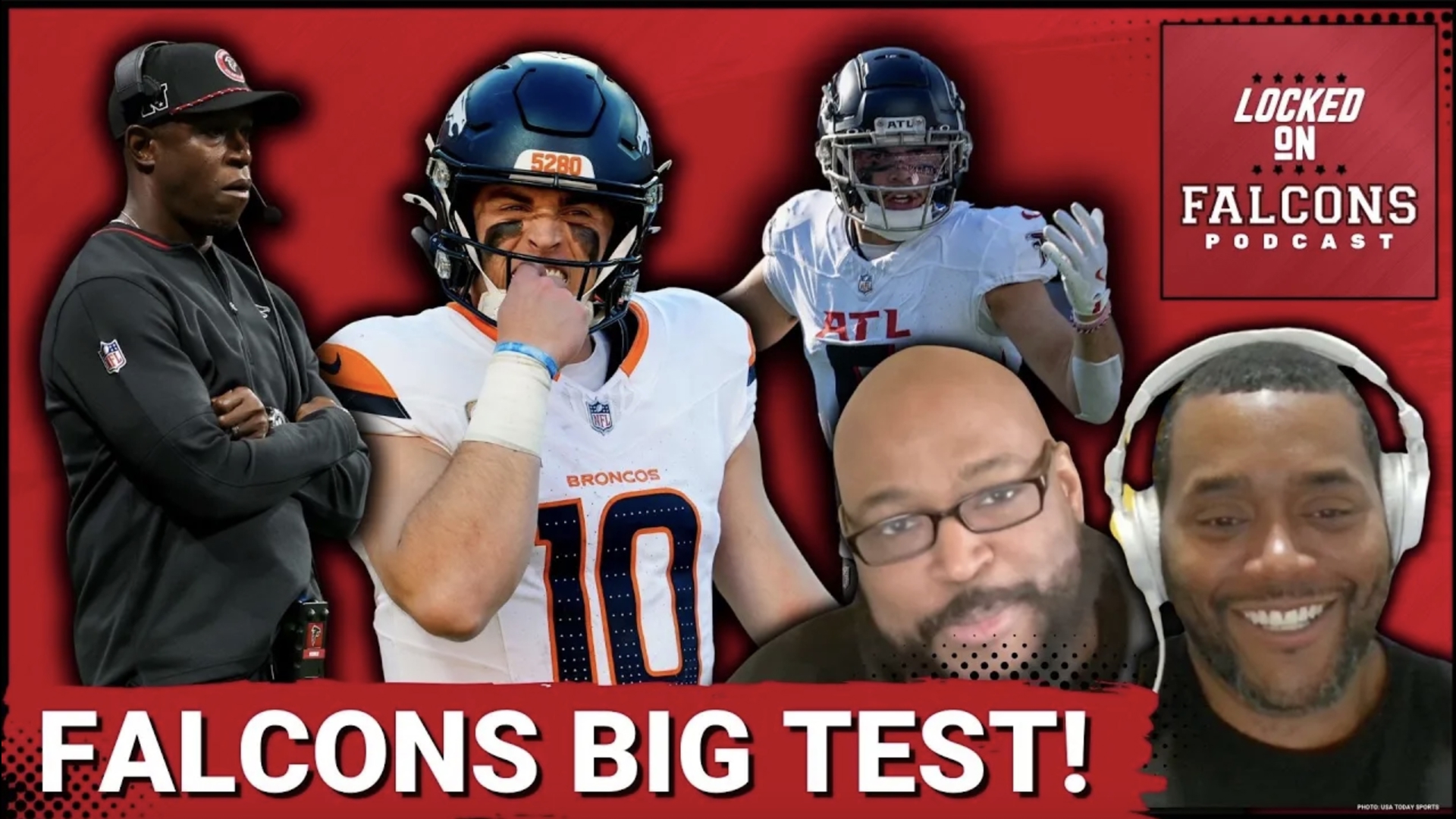"Ladies and gentlemen, calm down and fear not, because Paul Goldschmidt is here."
That was the overall consensus in December when the St. Louis Cardinals traded for the former Arizona Diamondback. When they signed him, it was like Batman swinging through The Arch and into downtown. The lineup and the future was restored, and the competition was put on notice.
For the first few weeks of the season, Goldschmidt backed up the claim. He hammered the Milwaukee Brewers and slugged like no other, bashing nine home runs and slugging .517. Anything that walked or crawled near home plate was smashed by the new Golden one.
Those were good times, far better than what he is doing at the moment. In the months of May and June, Goldschmidt has more strikeouts than hits (49 k's to 44 hits) and is slugging below .400.
The swings he takes can be nasty, and while the walk-off home run he hit off Miami last week was appreciated, the overall 3-15 effort in the four game series was not. Hitting in a prominent spot in the order, Goldschmidt isn't a lethal bat at the moment.
And I get the positive vibes that are showered atop the layer of concern. It's still relatively early. It is his first year in a new city. The pressure can be there, even for a 31-year-old veteran slugger whom the MLB Network named the best first baseman in the league before the season. However, it is the end of June, so the excuses are running out for Goldschmidt, as well as the Cardinals.
He's not doing his job at the plate. The 14 home runs are nice, but the below-average slash line of .253/.342/.420 surely is not. The man hits around 35 doubles a season, but only has seven as the All Star Break looms closer and closer. He seems to be on pace for 453 strikeouts, or the very least, will match the 173 from last season. A guy who collects 95 passes a season only has 38 right now.
The walks, doubles, average, on-base percentage, slugging percentage, and pretty much everything else are down right now in a severe way. The only thing keeping his stat line appealing to at least one eye are the home runs, but he's only hit five since the end of April.
Goldschmidt is the epitome of disappointment this season.
Without being invisible, he's not a hard out anymore. Pitchers can bust him inside and generate a weak fly ball or grounder. The strikeout tendency is even higher than it was in recent years. If it's pressing, this should have passed.
A silver lining? When Matt Holliday came over in 2009, he destroyed the league for the second half of the season. After getting a long-term contract the following January, he had a rough start as well before finding a groove. Now, Goldschmidt is easily a better player than Holliday, so the expectations are high.
Here's the thing. If Goldschmidt and Matt Carpenter (who is hitting .217 and has a nasty overall slash line as well) take off, the lineup will become lethal. Marcell Ozuna and Paul DeJong won't have to carry the production, and eye-sore bats like Harrison Bader and Kolten Wong will face less scrutiny and be able to rely on their Gold Glove defense. When one guy clicks in, the rest follow. Goldschmidt is that kind of guy. Check his history or his salary.
Right now, the Cardinals are fluttering around mediocrity. After a 20-10 start, they are 20-28 since. A team with a payroll of $162 million shouldn't stand on a 12-10 record in June, and call it improvement. They should strive to be better. It's a popular thing to say the Cardinals need reinforcements on offense, but it's much more sensible to ask their current core to produce like their career stipulates.
Goldschmidt may not be a 6 WAR freak these days, but surely he can do better than the 0.8 WAR he carries right now. That's not asking too much.
The Cardinals can still pull out of this fog. They just need the real Paul Goldschmidt to stand up. That would be a great start to a comeback.



